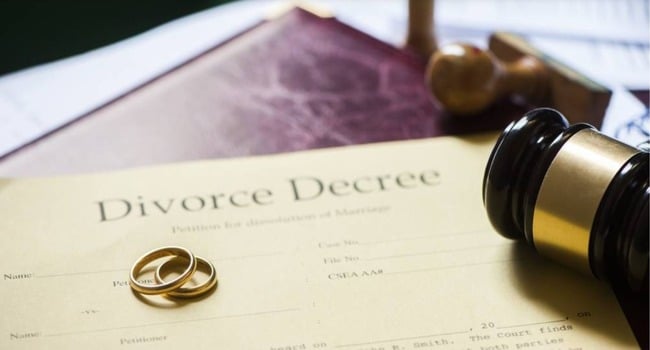Divorce in India was once viewed as a social stigma and instigated with great stigma and legal complexities. However, with the change in social norms and developing legal frameworks, mutual consent divorce has emerged as an elegant solution for couples to amicably seek the dissolution of their marriage. This provides an easier, quicker, and less rancorous route to end a marriage, provided that both parties can agree upon terms and conditions for separation. This article is going to discuss in detail the process of Mutual Consent Divorce in India.
Mutual Consent Divorce
At its heart, mutual consent divorce is determined by religious laws specific to each faith wherein the marriage takes place. Specifically, these include the Hindu Marriage Act of 1955, the Special Marriage Act of 1954, and the Indian Divorce Act of 1869. Mutual agreement divorce may be obtained pursuant to Sections 13-B and 28 of these acts, respectively, provided both parties agree and have been living apart for at least one year as specified by each Act.
Initiating the Process
The common application of a mutual consent divorce starts when both spouses have agreed mutually to end the marriage. In fact, mutual consent divorce does not take up the tedious proving of the grounds of divorce and fighting in the courtroom as the contested divorce would take. Parties to this decision are required to jointly petition the divorce before the respective family court or district court, where there is no family court in their district. This new divorce rules seeks to make the process mutually agreeable for easier and less cumbersome dissolution of marriage between the couple.
Drafting the Consent Terms
One of the basic features of mutual consent divorce involves drafting the terms of separation, which includes problems such as the division of assets, alimony (if any), child custody, visitation rights, or any other relevant issue. Both parties should seek counsel from an advocate in an effort to have proper representation and protection of his or her interests. The terms of mutual consent shall be fair, equitable, and determined by the existing legal standards.
Court Proceedings
The courts even provide a waiting period, a minimum of about six months, within which the parties can rethink their decision or arrange for reconciliation if possible before deciding to proceed with the divorce case filed by mutual consent. During this period, the court may even institute counseling or meditation so that the parties can resolve the issue. When both parties, at the end of the waiting period, reaffirm their decision to end the marriage, the court will decide to dissolution of marriage.
Finalizing the Divorce Decree
After running the waiting period and fully satisfying all legal requirements, the court grants the decree of divorce, i.e., a formal end of the marriage. The decree in itself contains all the terms and conditions agreed by both parties and mentions any provision on alimony, child custody, and visitation rights. Once issued, the divorce decree has the legal effect of divorce falling into place, and the parties can, of their own free will, get into remarriage.
Post-Divorce Considerations
The parties will then ensure that the same is implemented in accordance with the mutual consent decree finalized at the time of divorce, which implementation shall include but not be limited to assets transfer, alimony payments, if any, visitation schedule, and any other as may have been provided for in the decree. The non-observance of the terms of this Agreement may cause law consequences, including power execution actions, conducted by the court.
Conclusion
In other words, mutual consent divorce provides a way to end the spousal relationship with less acrimony and with dignity. In other words, the possibility that couples might break up with one another reduces the emotional and financial toll normally affiliated with traditional contested divorces. However, mutual consent divorce is a very sensitive process; there must be open debate and discussion with legal advice for a more congenial solution that best suits the interest of both parties. With the development of these societal attitudes towards divorce, mutual consent divorce asserts the rationale towards the possibility of finishing a marriage with grace, dignity, and understanding for both parties.
